The Interconnected World of Native Plants and Holistic Health
As we journey through the diverse landscapes of Central Texas and encounter the myriad wonders of native herbs, it is increasingly clear that these plants offer far more than mere sustenance or decoration. They are nature’s pharmacy. Providing us with a bounty of medicinal and culinary treasures that have the power to heal. They have the capacity to nourish our bodies, minds, and spirits if we know how to relate with them. In a world where synthetic drugs and processed foods increasingly dominate, we cannot overstate the importance of returning to our roots and embracing herbal medicine as a cornerstone of holistic health.
As I reflect on the profound capacity for healing offered to us by the natural world, I cant help but to think of my own journey towards embracing herbal medicine. Having struggled with various mental health challenges, labeled by providers as ADHD, OCD, anxiety, and depression, I spent years going in circles, relying solely on Western pharmaceuticals to manage my symptoms. While these medications provided temporary relief, I found myself longing for a more holistic and sustainable approach. Herbal medicine encompasses the complexity of my individual needs and the value of honoring my body and its innate wisdom.
Most medications used in Western medicine, including those for cardiovascular disease, cancer, infections, and immune dysfunction, have origins in plant-based compounds. In contemporary medicine, practitioners extract specific elements from plants to create drugs that target isolated health issues. This reductionist approach often overlooks the complexity of the human organism, including genetic and environmental factors. Furthermore, regulatory authorities find many of these medications unsafe or ineffective and subsequently withdraw them from the market, leaving patients with limited options and uncertainty. In contrast, herbal medicine addresses complex health issues with equally complex remedies, aiming for a more holistic approach to healing. Embracing a form of medicine that treats the person as a complex whole can offer a refreshing change from the categorization based solely on symptoms in the Western medical system.
Interacting with native medicinal and culinary herbs offers us a glimpse into the profound interconnectedness of human health and the natural world. As we embrace the principles of holistic health and sustainable living, let us remember to honor the wisdom of the land and the healing power of indigenous plants. By cultivating a deeper relationship with these native herbs, we not only nourish our bodies but also nurture the earth from which they spring forth. In doing so, we embark on a journey of holistic wellness, rooted in the timeless wisdom of nature.
Exploring Native Medicinal and Culinary Herbs of Central Texas
In the heart of Central Texas, among rolling hills and verdant plains, lies a treasure trove of native herbs that people have long cherished for their medicinal and culinary properties. As stewards of the land, it’s essential to delve into the rich biodiversity of our local landscapes and unlock the healing potential of these indigenous plants. In this article, we explore native medicinal and culinary herbs, highlighting their role in promoting holistic health, sustainable living, and regenerative land management practices. We also explore the importance of rediscovering this ancient wisdom in an increasingly westernized society.
Native Medicinal & Culinary Herbs
Important note: When foraging, be sure to focus on areas free from pesticides and herbicides
Yarrow (Achillea millefolium)
Yarrow, with its delicate white flowers and feathery leaves, is a ubiquitous sight in Central Texas. Revered for centuries for its medicinal properties, yarrow boasts anti-inflammatory, antimicrobial, and analgesic properties. Traditionally used for staunching bleeding wounds and reducing fevers, yarrow proves itself as a versatile herb that can be sustainably foraged or cultivated in home gardens. Its dried flowers and leaves are suitable for brewing into a tea or infusing into oil for topical applications, providing relief from various ailments, including digestive issues and respiratory congestion.
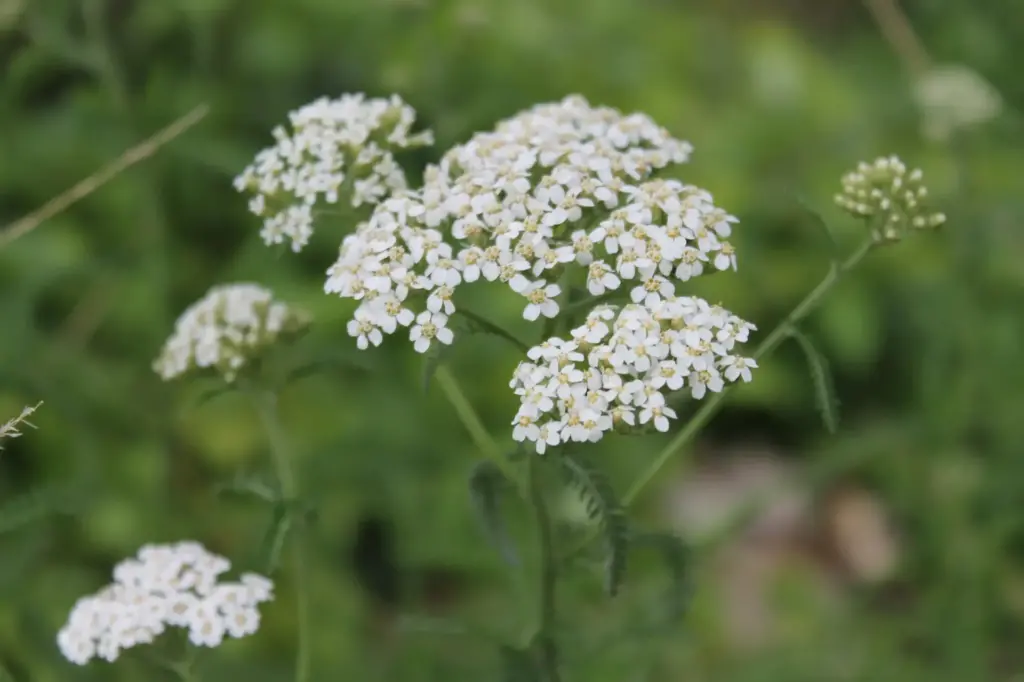
Prickly Pear Cactus (Opuntia spp.)
A symbol of resilience in the arid landscapes of Central Texas, the prickly pear cactus is not only a culinary delight but also a potent medicinal ally. Indigenous peoples have used prickly pear for centuries to treat ailments ranging from diabetes to digestive disorders, thanks to its richness in antioxidants, vitamins, and minerals. People can harvest and prepare the pads, or nopales, in various culinary dishes, while they can juice or eat the vibrant fruits, known as tunas, fresh for their health-boosting properties.
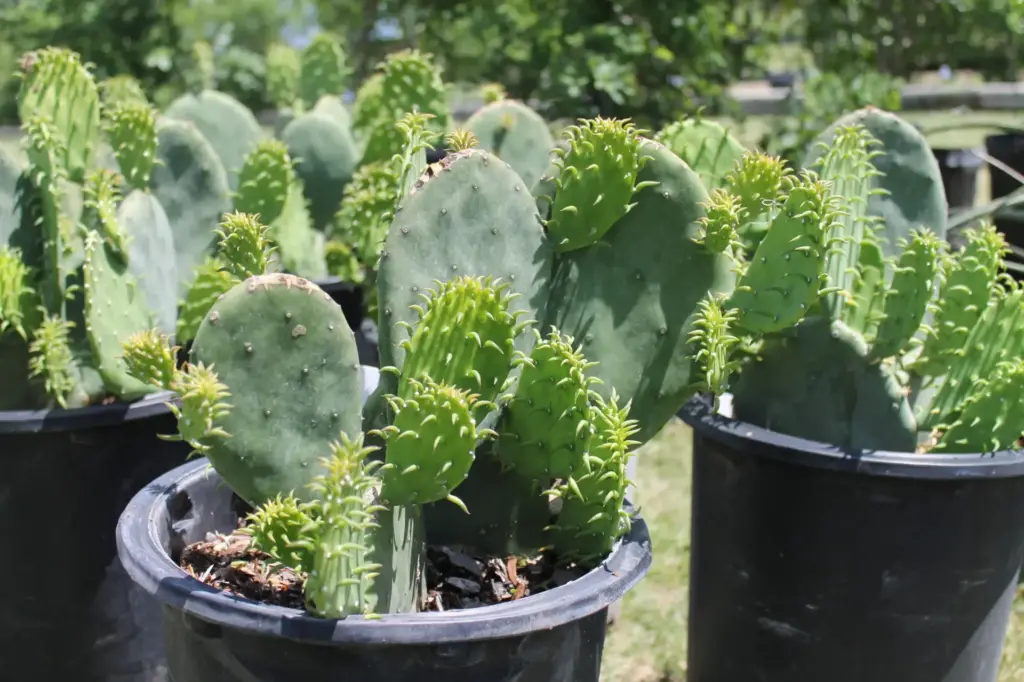
Texas Sage (Salvia texana)
With its velvety leaves and aromatic fragrance, Texas sage is a beloved culinary herb in Central Texas. Commonly used to flavor meats, stews, and sauces, this native herb adds depth and complexity to dishes while offering a host of health benefits. Texas sage has a rich concentration of essential oils and antioxidants, which help alleviate digestive discomfort and promote overall well-being. Whether foraged in the wild or cultivated in backyard gardens, Texas sage is a versatile herb that embodies the essence of Texas cuisine.
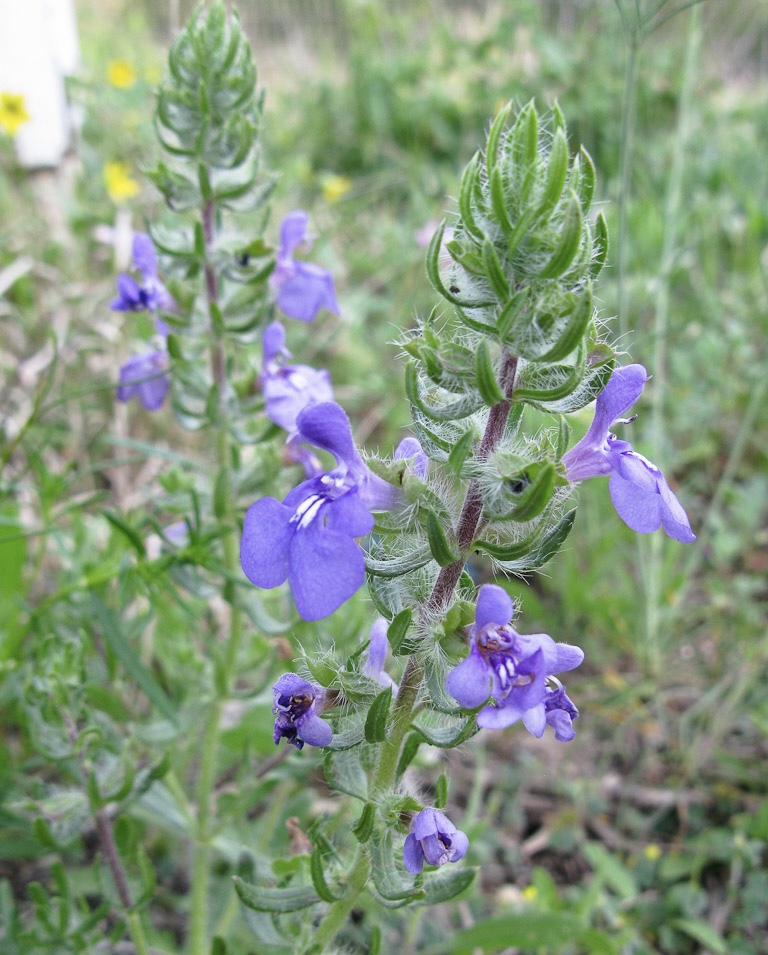
Wild Bergamot (Monarda fistulosa)
Also known as bee balm, wild bergamot is a charming herb that graces the meadows and prairies of Central Texas with its vibrant blooms. Renowned for its citrusy aroma and minty flavor, wild bergamot offers a culinary delight, infusing teas, salads, and desserts with its distinctive taste. Beyond its culinary uses, wild bergamot possesses medicinal properties, including antibacterial and antiviral effects that support our immune systems and overall health.
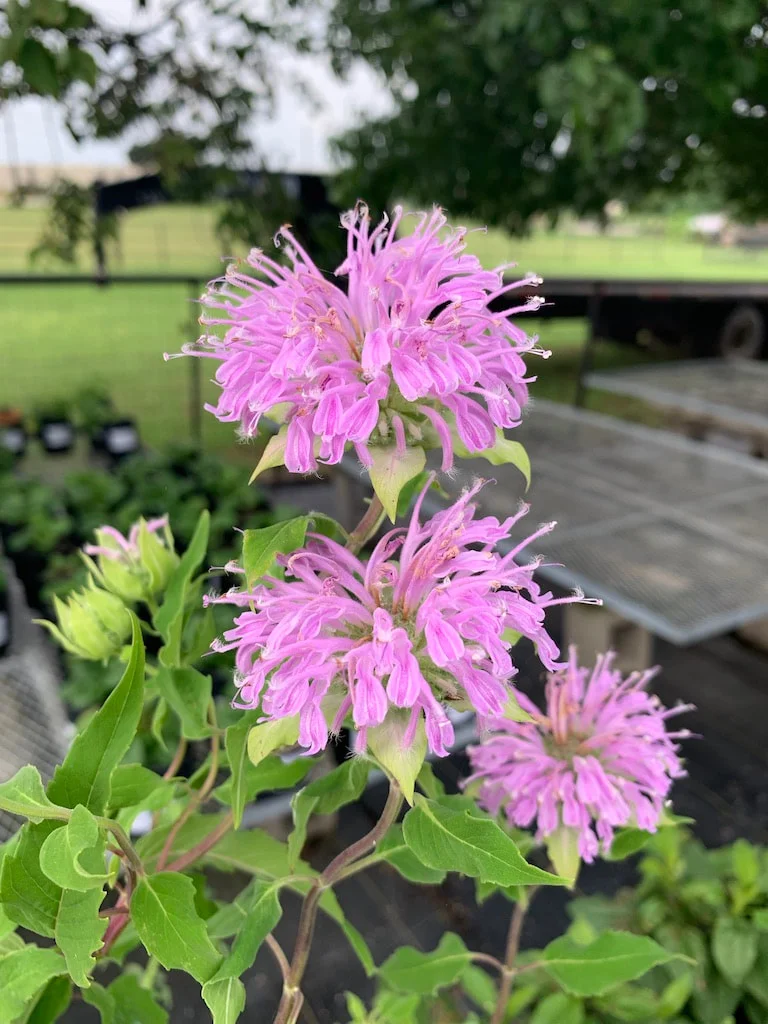
Echinacea (Echinacea spp.)
Echinacea, also known as purple coneflower, is a striking perennial herb with vibrant purple flowers and spiky seed heads. This native perennial is well-known for its immune-boosting properties, traditionally used to prevent and treat respiratory infections, colds, and flu. Commonly found in prairies, meadows, and open woodlands throughout Central Texas, echinacea can be sustainably foraged or cultivated in home gardens for its medicinal benefits.
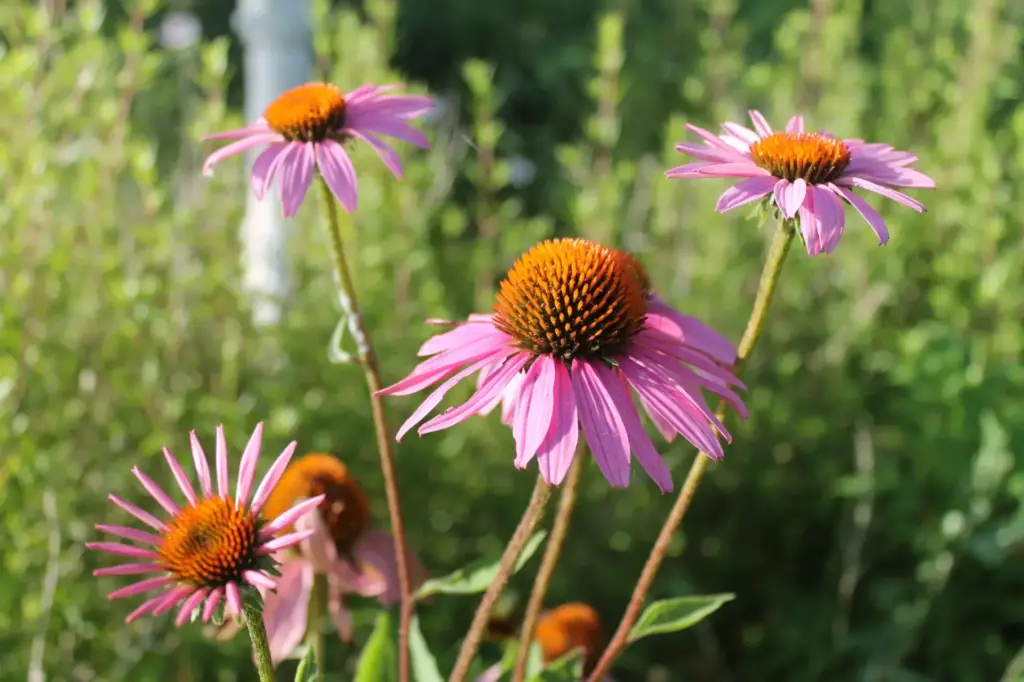
Chile Pequin (Capsicum annuum var. glabriusculum)
This small, fiery pepper is rich in antioxidant and anti-inflammatory properties despite its small size. Capsaicin, the compound responsible for its spicy taste and medicinal properties, shows antioxidant, anti-inflammatory, and pain-relieving effects used in traditional medicine to alleviate pain, improve circulation, and stimulate digestion. It’s a staple in traditional Mexican and Texan cooking and one can forage it in the wild or cultivate it in gardens.
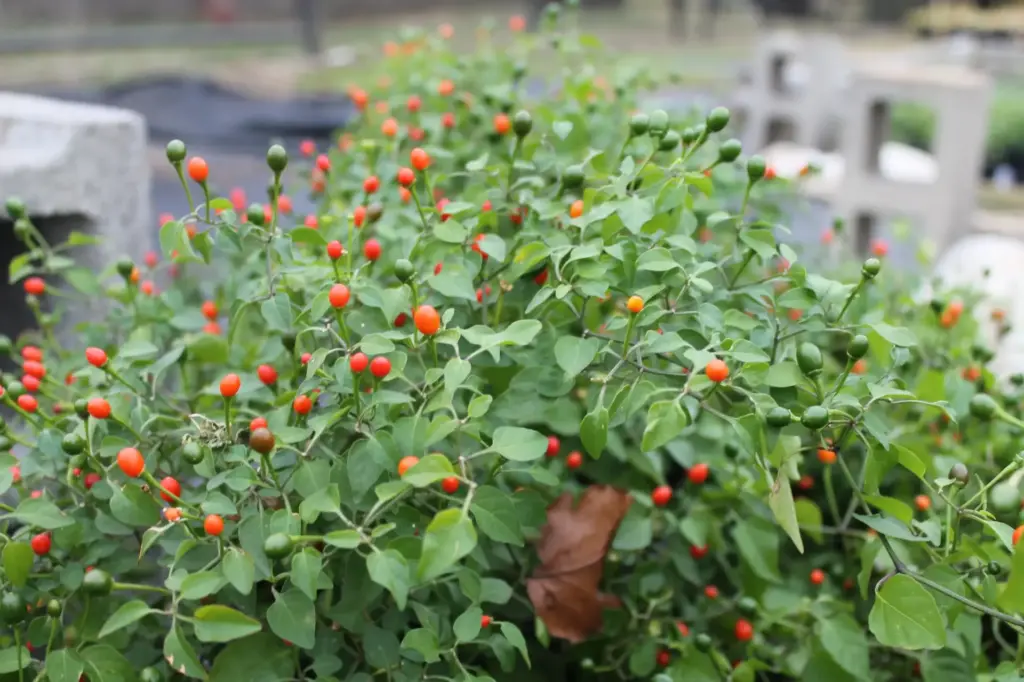
Lemon Balm (Melissa officinalis)
A member of the mint family, Lemon Balm features bright green, lemon-scented leaves and delicate white flowers. Originating from the Mediterranean region, lemon balm has naturalized in Central Texas and holds value for its culinary and medicinal properties. Treasured for its calming effects, it lends itself to making soothing teas and infused oils, proving valuable for individuals grappling with anxiety or insomnia. Additionally, lemon balm exhibits antiviral properties and serves traditionally to treat cold sores and other viral infections. As a hardy perennial, it commonly thrives in disturbed areas.
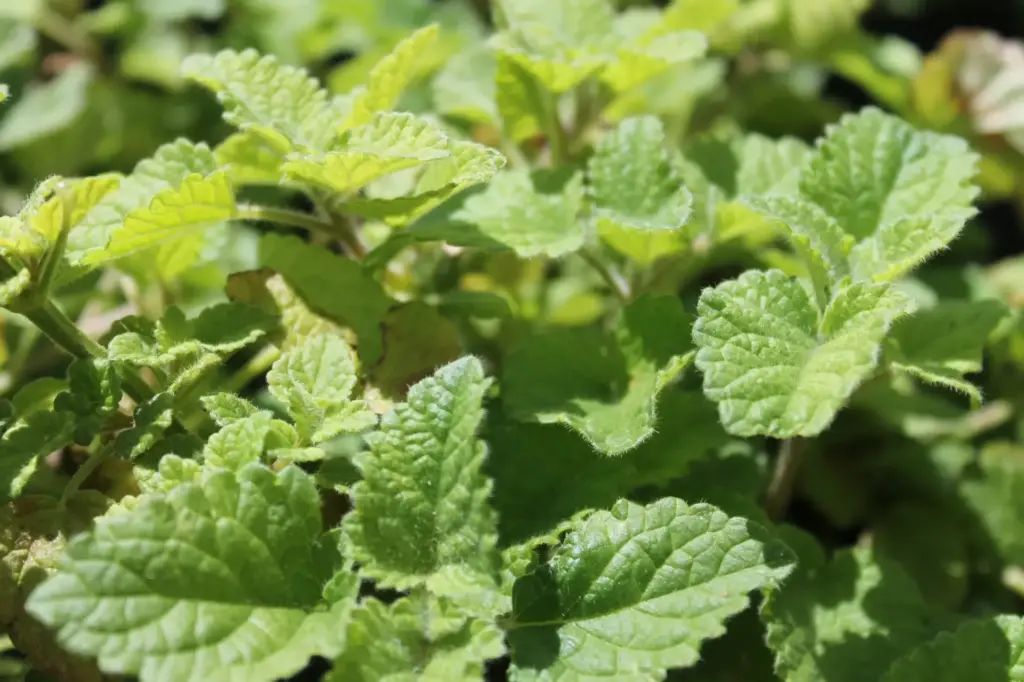
Dandelion (Taraxacum officinale)
Despite being considered a weed by many, dandelion emerges as a nutritional powerhouse with detoxifying and liver-supporting properties. Abundant in vitamins, minerals, and antioxidants (including vitamins A, C, and K, as well as calcium, potassium, and iron), dandelion serves as a valuable tonic for overall health and wellness. Traditionally, both the leaves and roots of dandelion support liver function, aid digestion, and promote detoxification. Its leaves lend themselves to salads, while its roots can be roasted and brewed into a coffee-like beverage.
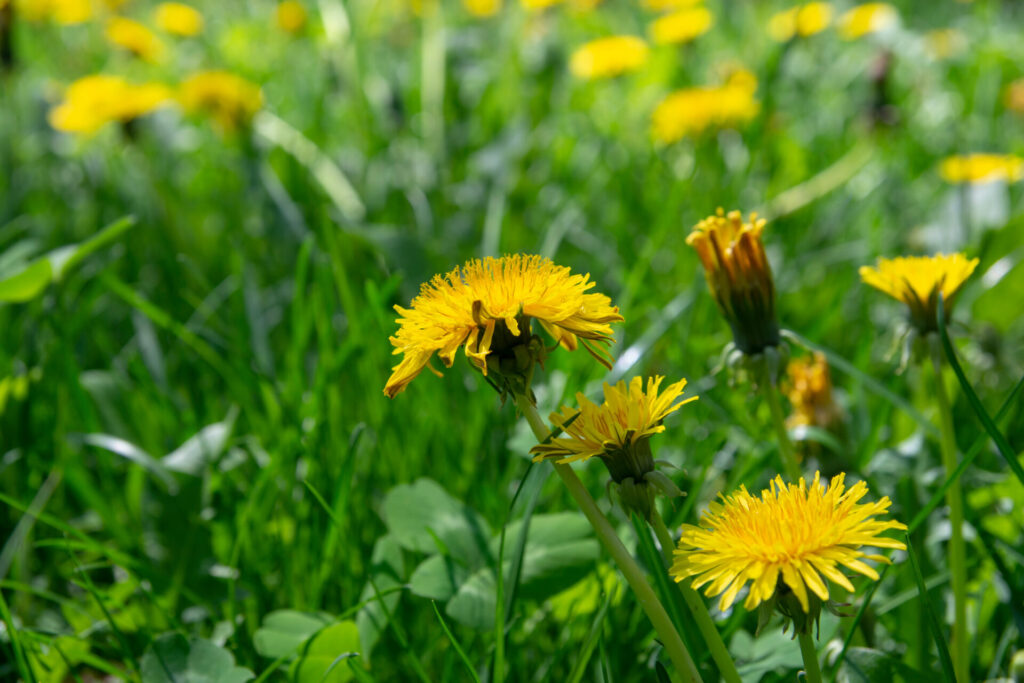
Mexican Oregano (Lippia graveolens)
Similar in flavor to Mediterranean oregano but with a citrusy undertone, Mexican oregano is a versatile culinary herb used in Tex-Mex and Mexican dishes. It contains essential oils, including carvacrol and thymol, which give it its distinctive flavor and therapeutic effects. It has antibacterial, antifungal, and antioxidant properties, making it a valuable herb for supporting immune function and overall health, traditionally used to treat respiratory infections, digestive issues, and inflammation.
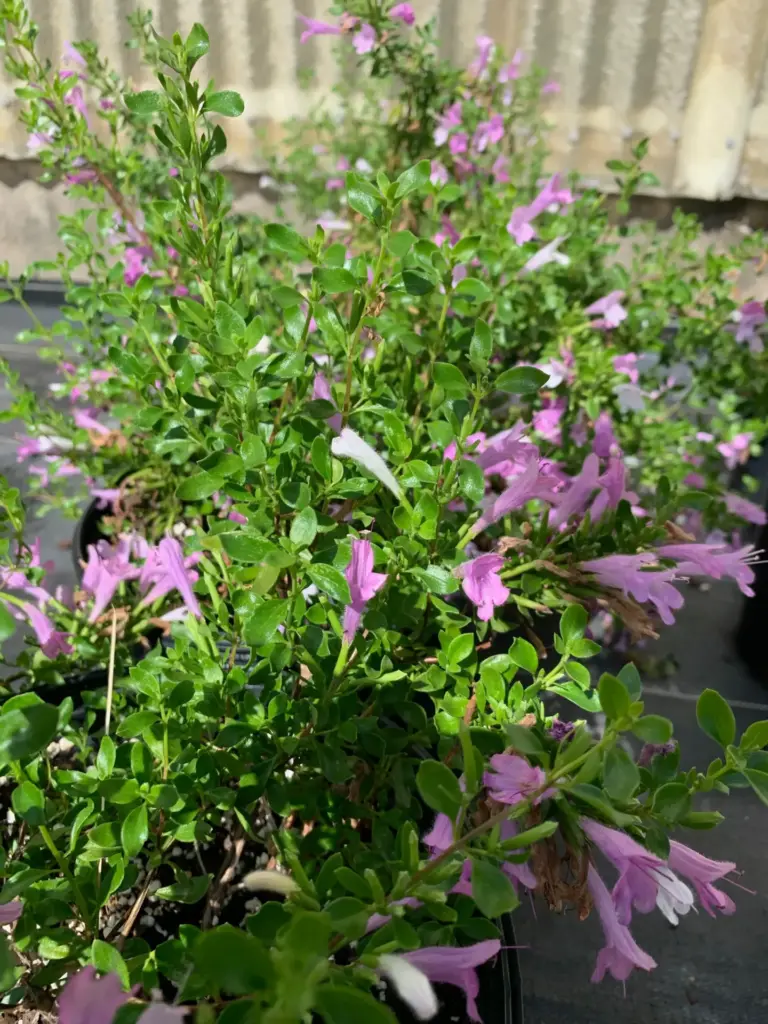
In conclusion, the rich tapestry of Central Texas’ native herbs provides us with an invaluable resource for both culinary and medicinal use. As we increasingly turn towards holistic and sustainable practices in response to a system that does not emphasize our complex needs, these plants offer a compelling reminder of nature’s profound wisdom and generosity. By integrating native herbs into our wellness ritual, we not only honor centuries-old traditions but also promote the health of ourselves and the environment, supporting a healthier and more balanced lifestyle. Through education and practice, we can pave the way for a future where traditional knowledge and modern practices coexist, enriching our lives and nurturing the earth.
By Sarah Eckerd
Local resources for herbalism wisdom & products
- Sacred Journey School of Herbalism https://gingerwebb.com/
- Mutable Earth Botanicals https://www.mutableearthbotanicals.com/
- Texas Medicinals https://texasmedicinals.com/
- Painted Wildflower Farm https://www.paintedflowerfarm.com/
